The recent pandemic has completely changed our habits. With social distancing being the new norm, we are figuring alternatives to make things work. Remote collaboration, fitness classes online, online classrooms, etc. have been possible because of the role of technology.
The COVID-19 pandemic has put a great deal of pressure on the healthcare system in the country. With learnings from other countries that hospitals and clinics have the potential to become super spreader sites, the healthcare system that relied on doctors and patients, meeting face to face has come to a crashing halt.
Telemedicine (aka telehealth) has become the need of the hour. For those who are unaware, it is the usage of technology to provide remote healthcare services. The entire process of diagnosis and treatment happens primarily using audio, video, and/or texting.
But does that mean, telemedicine is future of healthcare? Would we see the same growth even after the pandemic? Let us find out by looking at some facts and recent developments.
Clearly defined Government Regulations will fuel the growth
In the first two weeks of March, e-consultations saw a growth of 300% for flu-like symptoms. This was after the Medical Council of India (MCI) announced the new Telemedicine Healthcare guidelines. It had been in the works for a long time but COVID-19 expedited the process.
According to the new guidelines, doctors can consult patients on channels like chat, voice, video, or any digital medium and prescribe medicines. The whole process would now be legally protected as everything would be recorded. The increased usage is already helping in reducing the burden on secondary hospitals and providing care to patients without risking the health of the patients or the health workers.
The new guidelines will indeed encourage more healthcare organisations to jump on the bandwagon. We can see similar trends to what we saw with digital wallets after demonetisation.
Startups like Practo, DocsApp, etc. are leading the pack here in terms of paving the way to the future of medical consultation in the country. This applies to what we can expect in terms of medical practice in the future and not just during the lockdown.
Better access to healthcare services
While India’s healthcare sector is one of the largest and fastest-growing in the world, the number of doctors per people ratio is still quite low. Currently, it is at one doctor per 1457 citizens, which is way behind the WHO’s recommended one doctor for 1000 people number. But the problem doesn’t end there. More than 70% of India’s population lives in rural areas with limited to no access to healthcare services.
The Public Health Foundation of India estimated that about 55 million Indians were pushed into poverty in 2017 because of having to fund their healthcare and 38 million of them fell below the poverty line due to spending on medical expenses alone.
With telemedicine, this problem can be greatly solved. With increasing internet penetration and smartphone popularity, the path for telemedicine has already been paved out. It’s extremely valuable in India’s smaller towns and rural areas where there is a severe shortfall of doctors. For the rest, it removes additional barriers and provides them with the flexibility of accessing healthcare services right from home.
Apart from increasing accessibility, it also makes healthcare affordable. Since patients and doctors can directly communicate remotely, it cuts down a lot of costs both for hospitals and patients. It also enables people to consult with experienced doctors at a significantly lower cost. All in all, it will play a crucial role in making healthcare more accessible to Indians.
Journal of Integrated Healthcare Sciences
But how can healthcare organisations get started with telemedicine without burning a hole in their pocket?
The simplicity and affordability of cloud telephony are already powering telemedicine for many healthcare organisations. Consultations can easily be powered using a call while safeguarding the privacy of both parties. We’ve even written a step by step guide for organisations looking to start telemedicine here.
Exotel is already powering telemedicine and helpline numbers for Karnataka, Goa and Odisha state governments. If you’re interested in learning how we are supporting the healthcare organisation, you can check here.
Adding additional revenue for healthcare establishments
Alongside other benefits like affordability and accessibility, Telemedicine can help in generating additional revenue for healthcare organisations and increase patient retention. While getting started certainly requires an upfront investment, after a successful launch they can expect to see large returns.
Attracting new patients
Patients are always on the lookout for convenient and accessible care. Hence running a Telemedicine program can help attract new patients. This is because it allows people around the globe the flexibility to consult doctors remotely which is difficult and even impossible sometimes.
Patient retention
Apart from attracting new patients, it also allows existing patients to get regular checkups and advice remotely. Healthcare organisations can leverage telemedicine to stay connected with the patient and provide them with a great experience both on-site and remotely.
To remind patients, hospitals can make use of automated calls and SMSes. To streamline healthcare consultation calls, we recently created an IVR solution that shows the details of the patient’s symptoms in real-time to give more context to the doctor or agent.
Increased adoption will lay the framework for the future of Telemedicine
Telemedicine in India is still at a very nascent stage when compared to the US and other developed countries. Even though startups like Practo, M-fine are trying hard to make quality care accessible right from our smartphone, we still have a long way to go.
With increased adoption and government’s support, the future of Telemedicine looks bright. It’s set to transform healthcare in India even post COVID-19.
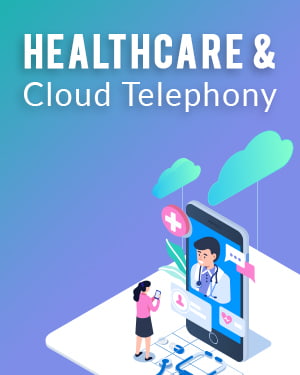
White Paper: Cloud telephony for the healthcare industry
As the number of healthcare consumers increase daily, the conventional hospital phone systems are simply not sufficient for patient support. This whitepaper gives a deep insight into how cloud telephony is helping in tranforming patient communication in the healthcare industry.
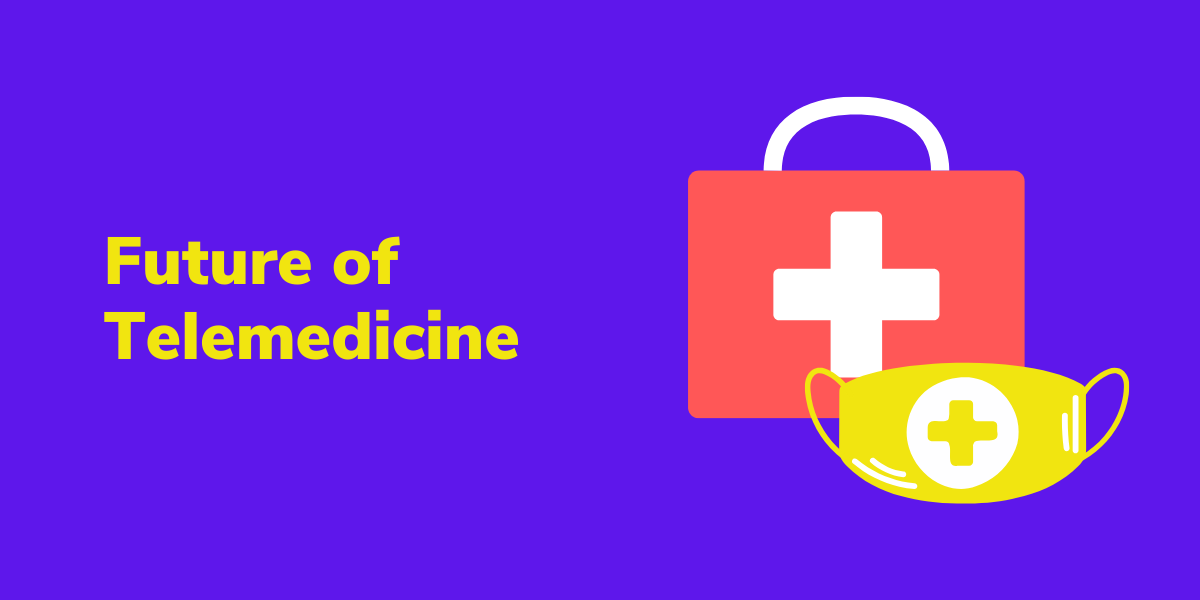
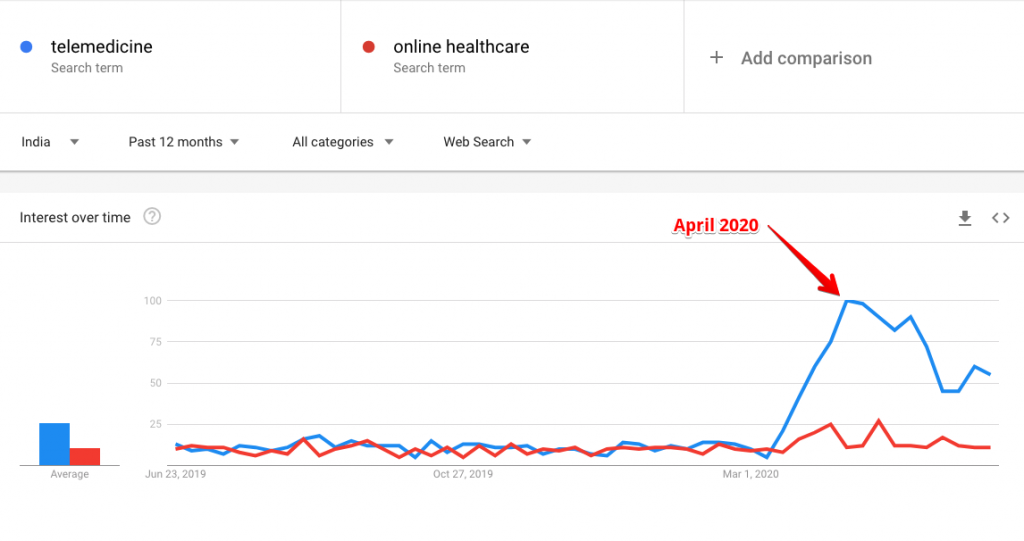
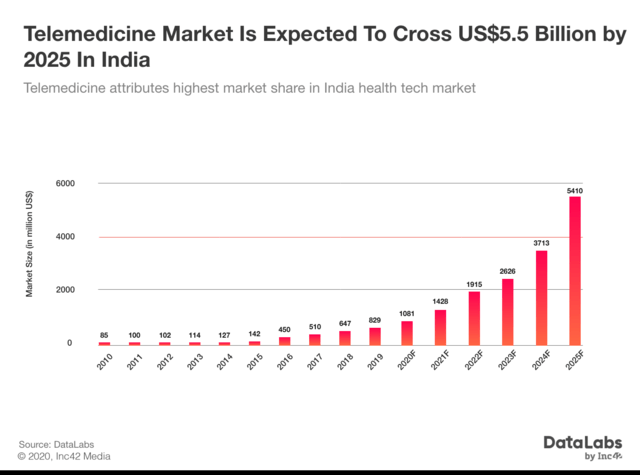
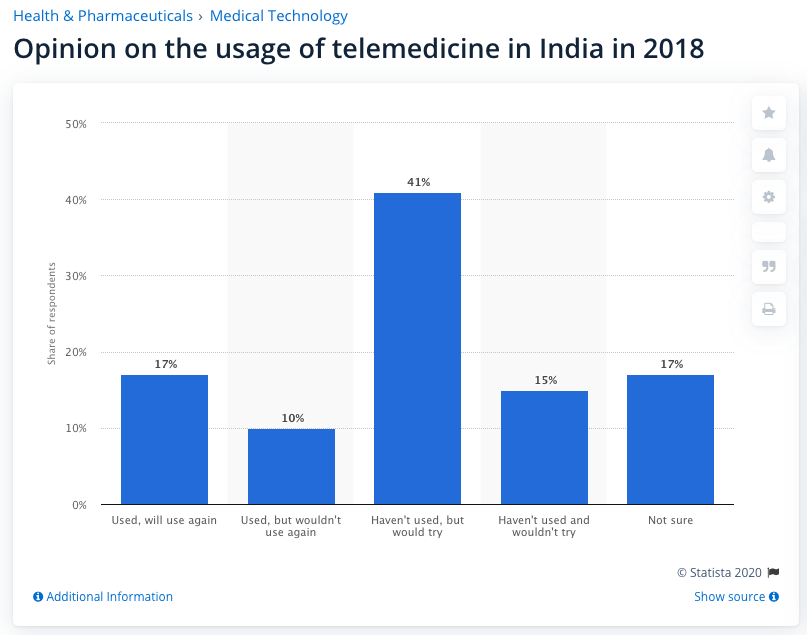
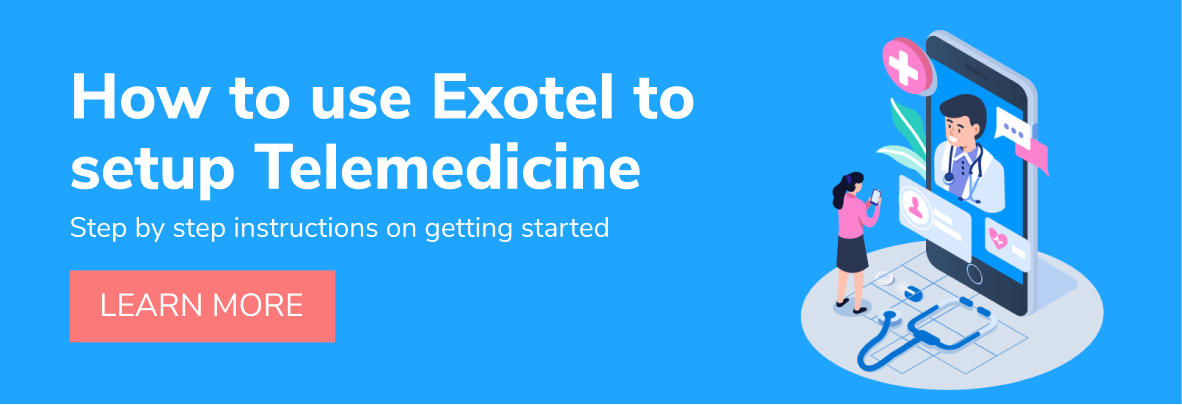



 +91-8088919888
+91-8088919888 +61-2-8073-0559
+61-2-8073-0559 +62-215-098-4960
+62-215-098-4960 +60-3-2771-2799
+60-3-2771-2799 +65-6951-5460
+65-6951-5460